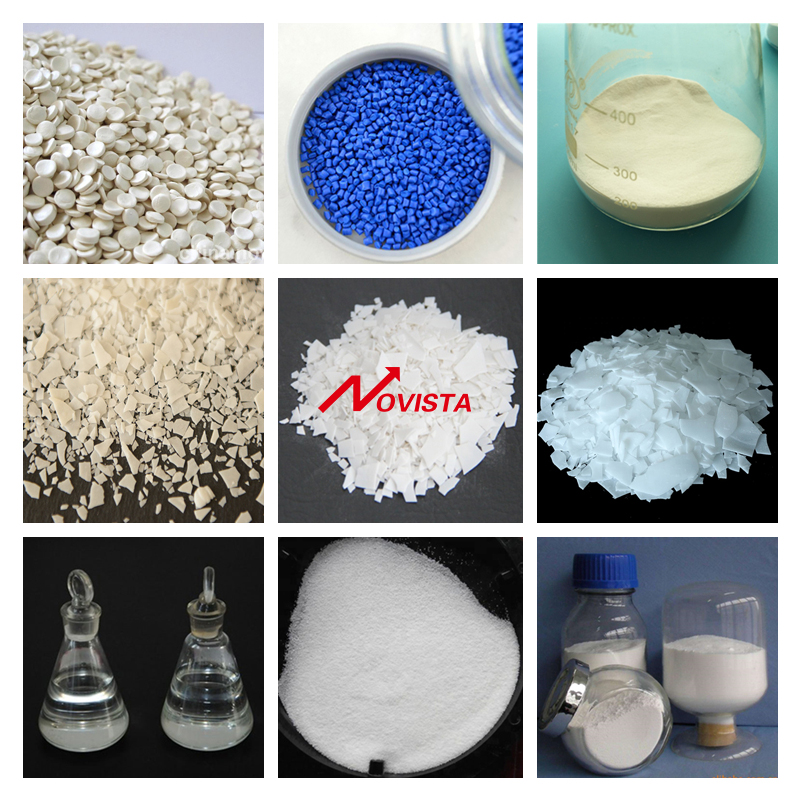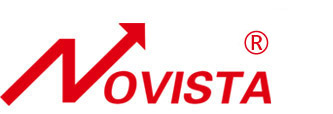How to Improve the Surface Gloss of PVC-U Pipes and Profiles?-1

The surface gloss of UPVC products is influenced by factors such as formulation, raw materials, molds, and processing during production. To achieve superior surface gloss, it is essential to comprehensively address these constraints through rational control of all aspects.
1. Factors Affecting Surface Gloss
1.1 Formulation and Raw Materials
Formulation is critical to ensuring the processing performance and quality of PVC profiles. Due to PVC resin’s inherently narrow processing window and demanding molding conditions, additives such as stabilizers, modifiers, lubricants, and fillers are incorporated into the formulation to optimize processing and end-use performance. The selection and dosage of these additives directly impact both processing behavior and the final product’s appearance.
- Stabilizers: Insufficient stabilizer content can lead to thermal decomposition during processing, resulting in a yellowish surface and reduced gloss.
- Processing Modifiers: Low modifier levels impair material flow, causing poor plasticization and a rough, dull surface.
- Lubricants: Excessive external lubricants may migrate to the surface, creating streaks or cloudiness, while inadequate lubrication reduces flow and plasticization. Over-lubrication also causes residue buildup in molds, particularly noticeable in high-speed extrusion.
- Fluorescent Brighteners: While they temporarily enhance gloss, their molecular structure accelerates long-term aging of profiles and is not recommended.
Raw Material Quality:
- Excessive moisture or volatiles in PVC can trap gas bubbles during processing, diminishing surface gloss.
- Poorly activated or coarse calcium carbonate (CaCO₃) filler particles reduce gloss due to uneven dispersion.
- Impact modifiers (e.g., CP) with residual crystallinity >5–10% may form surface pits during processing.
1.2 Effect of PE Wax Dosage
PE wax, a common external lubricant, forms a molecular layer on metal surfaces via adsorption, reducing friction and enhancing gloss. However:
- Optimal Dosage: Ensures smooth plasticization and glossy surfaces.
- Overuse: Creates a barrier between material and equipment, causing slippage, poor plasticization, and reduced gloss.
1.3 Effect of ACR Processing Aid
ACR improves rigid PVC’s processability by increasing shear stress and promoting plasticization:
- Moderate Dosage: Enhances plasticization, surface gloss, and mechanical properties.
- Excessive Dosage: Accelerates premature plasticization, leading to partial decomposition before extrusion and reduced gloss.
2. Mold Design and Precision
2.1 Die Flow Channel Design
A balanced flow resistance and uniform material velocity across the die cross-section are critical. Flow imbalances or post-extrusion shrinkage can create “dim lines” or “contraction marks,” forming dull bands on the surface, especially in high-speed extrusion.
(To be continued...)





